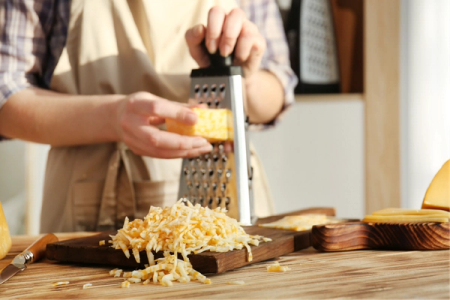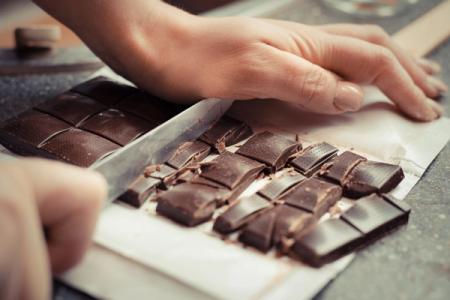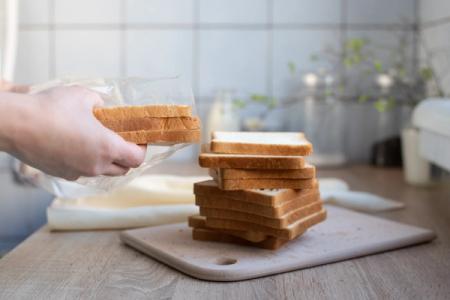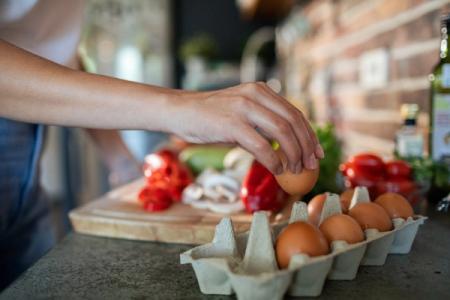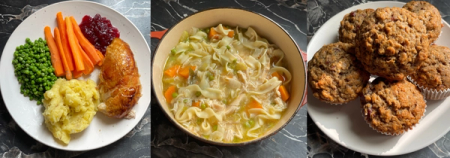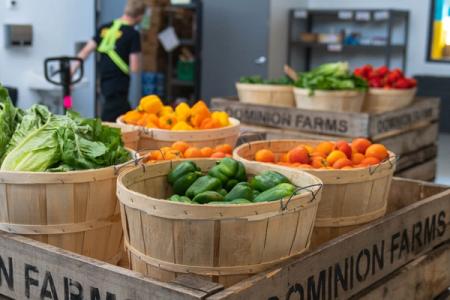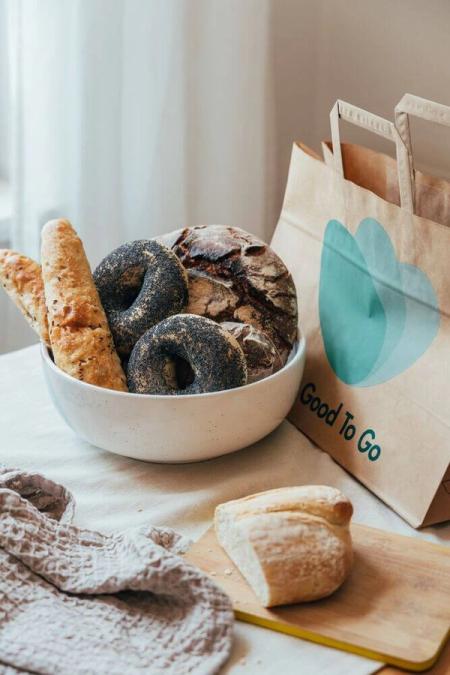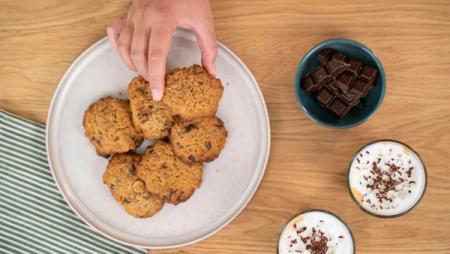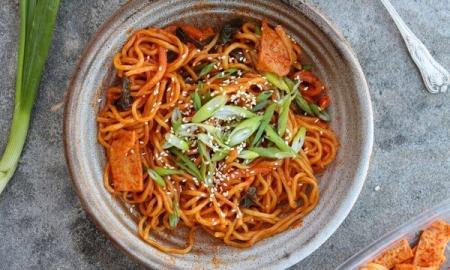FOOD WASTE FACTSAbout Food Waste
Food waste is a global challenge. Understanding its scale and impact helps us to make a real difference for the better. Let's dive into the facts and statistics behind the topic of food waste.
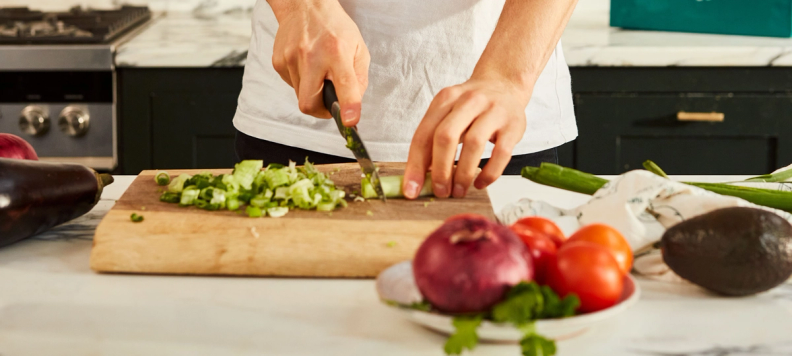
HOW MUCH FOOD IS WASTED GLOBALLY?
According to WWF (2021), 40% of the food that we produce globally goes to waste. This means that 2.5 billion tonnes of food is wasted every year. This equates to 80,000 kilograms of food being wasted around the world, every single second.
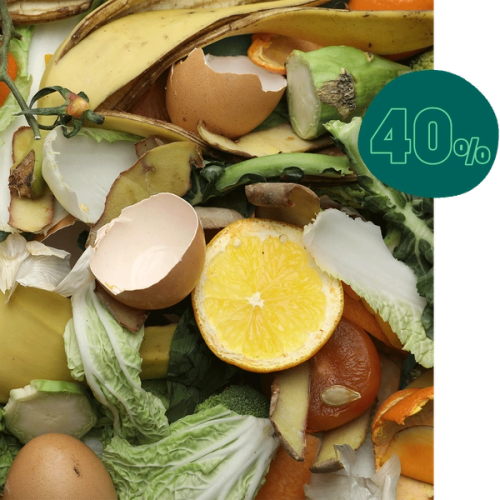
Which food is wasted the most?
Food waste appears across almost every food category. On average across the globe, vegetables (25%), cereals (24%), and fruits (12%) are the food most wasted at home.
When it comes to food waste in consumer households, vegetables, cereals and fruit are followed by roots & tubers (9%), dairy & eggs (7%) and meat & fish (6%) (Chen, 2020).
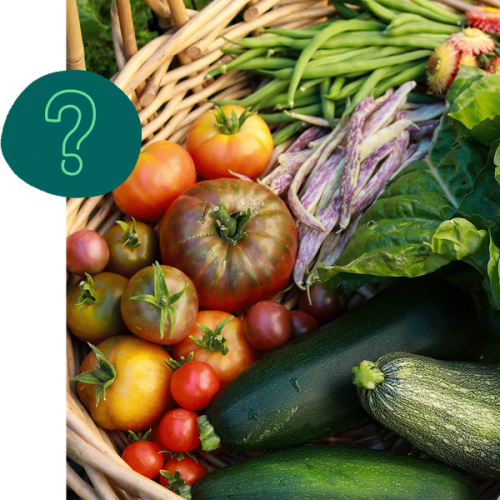
Start saving food today
FOOD WASTE DEFINITION
When we talk about food waste, we refer to all food intended for human consumption that goes to waste, from farm to fork.
This includes both 'food loss' - food wasted as part of production and supply chains - and 'food waste' happening at retail level and/or in consumer households.
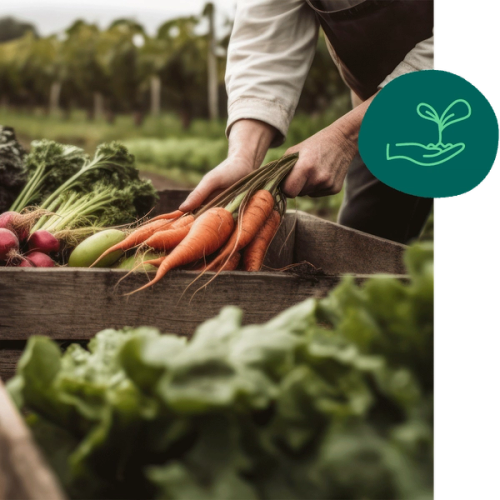
WHAT IS SURPLUS FOOD?
Surplus food is generated at any stage of the supply chain from farm to fork.
Food surplus is not food waste, but unfortunately often ends up as waste. In fact, in most cases it's perfectly good food that for any of many reasons, is unlikely to be sold or consumed. Making the most of surplus food is a great way to reduce food waste (FAO, 2018).
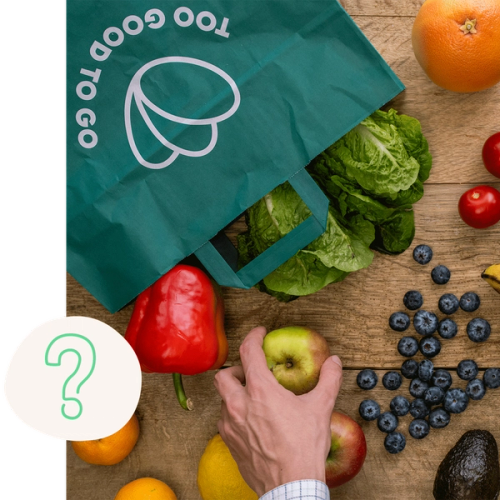
The Difference between Food Loss and Food Waste
Food loss happens at an earlier stage in the supply chain and this food does not re-enter the supply chain for any other production use, like animal feed. It happens at harvest, slaughter or catch, so before the food reaches the store shelves, restaurants, food service provider or the end consumer. The United Nations' Food and Agriculture Organization (FAO, 2019), defines food loss as a “decrease in the quantity or quality of food resulting from decisions and actions by food suppliers in the chain, excluding retailers, food service providers and consumers.” This loss of food can happen due to many different reasons.
According to WWF (2021), 1.2 billion tonnes of food loss happens at farms each year.
Food waste happens at the end of the supply chain, for example when the food has made it to retailers, grocery stores, food service providers and consumer households. The FAO defines food waste as “the decrease in the quantity or quality of food resulting from decisions and actions by retailers, food services and consumers” (FAO, 2019).
According to UNEP (2024) and FAO (2019), 1.4 billion tonnes of food waste happens at processing, distribution, retail, food services and household levels.
why is food waste a problem?
Food waste has an enormous impact on society, the economy and the environment. As such, reducing food waste presents a powerful opportunity to make a positive impact on climate change, the cost of living, and food accessibility.
10%of all greenhouse gas emissions worldwide
are caused by food waste
(WWF, 2021)
25%of freshwater used annually
goes into food that ultimately goes to waste
(WWF, 2024)
11.5%of all land in the world
is used annually to produce food that ultimately goes to waste. In total, this corresponds to a land area larger than China
(WWF, 2024)
$1.1TRILLION
is the amount of money lost through food waste every year
(WWF, 2024)
2.4billion people
do not have access to adequate, nutritious food
(FAO, 2023)
733million people
are affected by hunger every day
(FAO, 2024)
A real opportunity to tackle Climate Change
Reducing food waste is the number 1 action we can take to help tackle climate change, by limiting the temperature increase to 2°C by 2100 (Project Drawdown, 2020). Easy, effective and rewarding - Reducing or avoiding food waste helps us make a real positive impact on the environment.
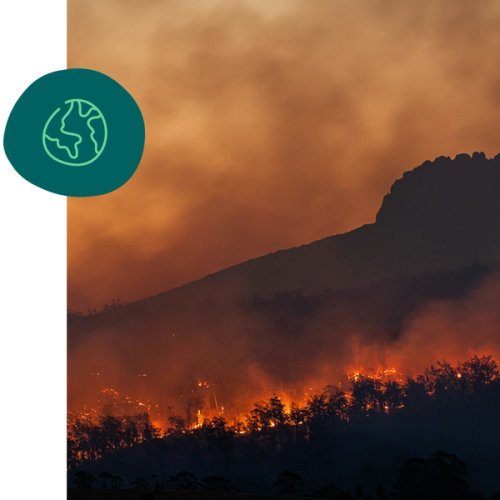
How does food waste affect the environment and climate?
As part of the process of food production, greenhouse gas emissions are released into the atmosphere. Additionally, the food system has an impact on biodiversity loss and our environmental ecosystems. When food is wasted, we do not only waste the food in front of us, we also waste all the valuable resources that have gone into creating the food. As such, food waste has a considerable impact on the environment and our planet's climate.
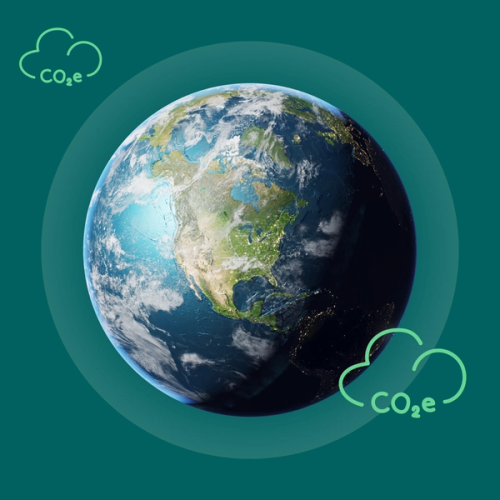
What are the benefits of reducing food waste?
When reducing or avoiding food waste, we avoid harmful CO2e emissions and the unnecessary use of valuable resources including water and land. Each meal saved from going to waste through Too Good To Go, is equivalent to avoiding 2.7 kg of CO2e emissions, avoiding the unnecessary use of 810 litres of water, and avoiding the unnecessary annual use of 2.8 m2 of land (Merieux Nutrisciences | Blonk, 2024).
Saving food from going to waste through Too Good To Go offers environmental benefits on three levels:
- All the energy and resources used in the process of making that food have not been used in vain;
- Consuming this surplus food means that additional food does not need to be produced;
- The food that you rescue from going to waste will now not end up in landfills or incinerators, avoiding additional emissions.
